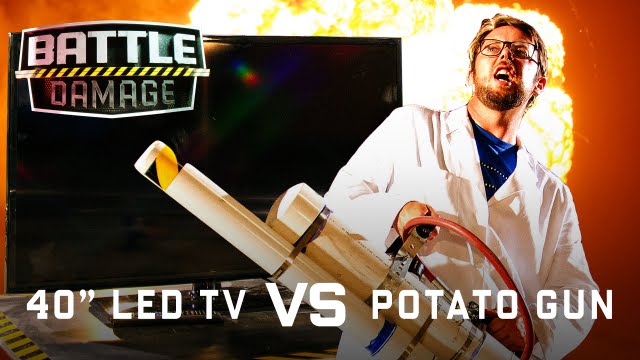Exploring the Power of Lasers: A Q&A with Professor Donna Stricklan
Summary
In this Q&A session, we sit down with Professor Donna Stricklan of the University of Waterloo, to discuss lasers and their practical applications. We delve into the science behind high-intensity lasers, the differences between continuous wave lasers and chirped pulse amplified lasers, and explore the different fields in which lasers are used.
Table of Contents:
- The Basics of Lasers
- The Power of Concentration in Lasers
- Understanding Chirped Pulse Amplification
- Continuous Wave Lasers vs. Chirped Pulse Amplified Lasers
- Applications of Lasers in Different Fields
- Optical Tweezers and their Applications
Introduction:
Lasers are incredible tools that have become ubiquitous in a number of different fields. However, their science and applications can sometimes seem daunting to those who are not familiar with them. In this discussion, we hope to demystify lasers and their practical applications. We sit down with Professor Donna Stricklan of the University of Waterloo, who has dedicated her career to studying lasers and high-intensity lasers in particular.
Q&A
1. The Basics of Lasers:
What are lasers and how do they work?
Lasers are concentrated beams of light that are created by a specific type of bulb and mirrors. They differ from regular light bulbs because they can store energy in an excited state to produce a stronger light. In addition, their light waves all peak at the same time, creating a powerful beam of light.
2. The Power of Concentration in Lasers:
Why is concentration important when it comes to lasers?
Concentration is essential when it comes to lasers because it allows the beam to focus on a specific point. The centering of a beam is crucial to maximize its power, especially when it comes to producing high-intensity lasers.
3. Understanding Chirped Pulse Amplification:
What is Chirped Pulse Amplification, and how is it used in lasers?
Chirped Pulse Amplification is a method used to increase the intensity of ultra-short laser pulses. Essentially, it involves stretching out the pulse over a longer period of time, then amplifying it, and then compressing it back down to its original length. This technique is essential for creating high-intensity lasers, as it enables a laser pulse to store more energy and achieve higher peak powers.
4. Continuous Wave Lasers vs. Chirped Pulse Amplified Lasers:
What is the difference between continuous wave lasers and chirped pulse amplified lasers?
Continuous wave lasers provide a constant output of light, whereas chirped pulse amplified lasers create ultra-short pulses of high-intensity light. Continuous wave lasers are commonly used in fields such as telecommunications and laser printers, while chirped pulse amplified lasers are typically used in scientific research, such as in laser microscopy or in the study of plasmas.
5. Applications of Lasers in Different Fields:
What are some of the practical applications of lasers in different fields?
Lasers have many practical applications, including but not limited to:
- In medicine, lasers are used to remove birthmarks or scars, and to treat eye conditions such as cataracts.
- In industry, lasers are used to cut steel and other metals.
- In communications, lasers are used in fiber-optic cables to transmit digital data over long distances.
- In scientific research, lasers are used to study the properties of materials, and to investigate the properties of plasmas.
Conclusion:
Lasers are powerful and versatile tools that have found practical applications in a wide range of fields. From their use in fiber optics to their application in scientific research, to the manipulation of microscopic particles, lasers hold tremendous potential. Understanding the science behind lasers and their applications is key to unlocking their full potential.







